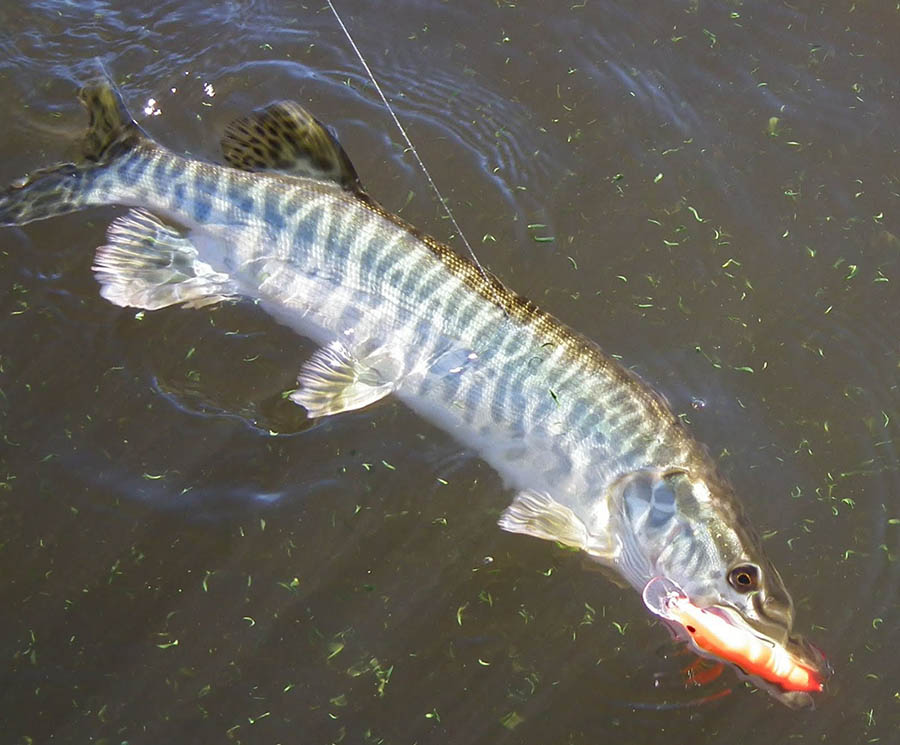The muskie, likewise referred to as Muskellunge, is a variety of fish situated in the north part of The United States and Canada, mainly around the Terrific Lakes. It can be likewise seen in rivers like the Allegheny as well as Ohio, as likewise in the southern part of the Tennessee River Valley. It may weight over sixty extra pound, as well as it acquires several of its individuality from the north pike, such as a flat head on an extended body. The hunting of this fish is getting popular since of its elusive nature. The most effective lure for searching this variety of fish is neighborhood fish. The muskie is understood to be not very certain of its food, and would certainly consume anything, consisting of frogs, muskrats or serpents, as long as they suit its mouth.
Spring time
The muskie chooses to spawn in waters with a temperature level in the region of fifty degrees. They get brought in to water at that temperature and also generate at areas with shallow waters where they get drawn into. During the springtime, the water is warm in shallow locations of the lake, and it also includes a wealth of food like minnows. The muskie survives on the food readily available in superficial waters till the mid-depth areas obtain warmth. As the majority of varieties of feed are recently hatched out, the anglers follow suit and also goal the muskies using small, slow-moving baits.
Summer season
As the temperature rises to reach sixty degrees or beyond, the plant life at water depths of ten to twenty feet begins expanding and launching oxygen. The sensation draws in lots of fish, including the muskie, which gets motivated to come out of its common feed location to new locations providing fresh vegetation. The muskie is a lot more active when the water heats up, therefore should the anglers. It would certainly help the angler to use slow-moving feed up until the temperature of the water gets to a degree of sixty-five to seventy degrees. When the muskie begins relocating far from shallow waters, they can begin making use of feeds of bigger size. As the temperature rises to seventy-five to eighty degrees, the muskie comes to be a bit careless. Under such problems, the angler would succeed to fish during the early morning hours or later on in early evening hrs, when the degree of light is low.
Fall
The muskie comes to be active once more as the water starts cooling near completion of the summer season. This fish would certainly continue living in its summer homes till the plant life is ended up, when the fish would certainly start moving back to superficial waters like it did during the spring. Though the motion of the species representing his food stays unmodified, the anglers would do well to make use of huge lures, as the feed would have grown throughout the whole period, and it is larger than what it was throughout the spring. The fishermen keep searching for the muskie even after the temperature has gone down to below forty degrees, because throughout this part of year, the fish feeds to gain weight for the winter season. The fishermen use their largest lure for such temperatures in order to replicate the normally readily available feed of the muskie.
